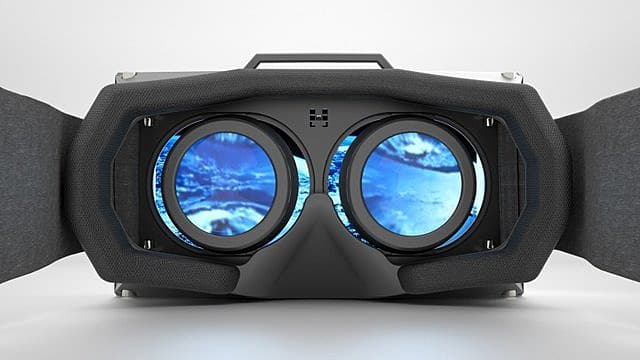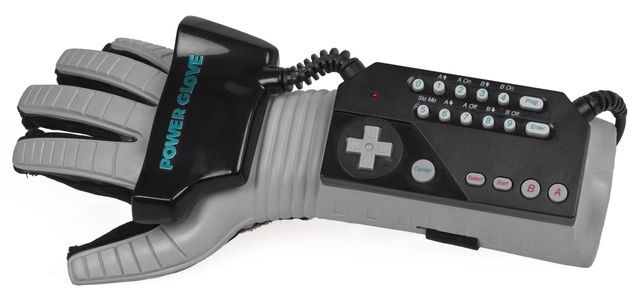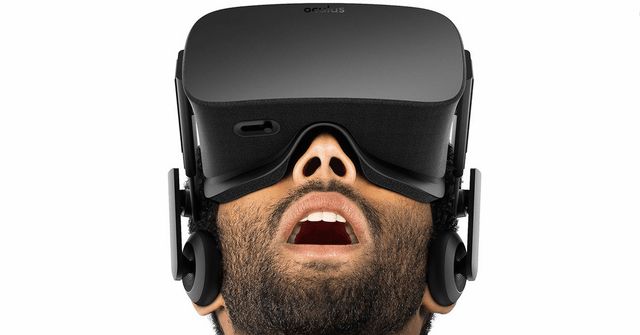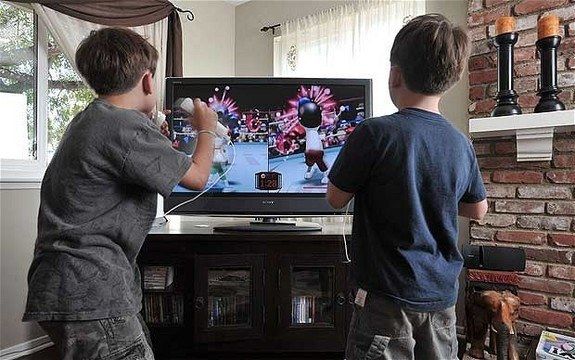For those of you who are old enough to remember, virtual reality headsets actually made their first appearance back in the ’90s, but for all the reasons listed above, they soon went the same way as peripherals such as the Nintendo Power Glove and disappeared into obscurity.
I was really disappointed that I never had the chance to try one out for myself back then so I was ecstatic when the Oculus Rift was announced and promised to use modern technology to make a headset that provided what we’ve been begging for for years: truly immersive games.
I had been chomping at the bit to get my hands on the Rift since its announcement and last year I finally got a chance to get my hands on one (You can read my impressions here). While I had a lot of fun with it, I still though that it had quite a way to go before it could hope to contend with the games that are currently available.
The price of virtual reality
The price for the Oculus Rift was announced this week and in addition to the $600 we will have to fork out for the headset itself, we will also need to ensure that we have the necessary hardware required to run it.
If you’ve taken a look at the minimum requirements, you will have seen that the graphics card required for the Rift is the Nvidia GTX 970 which sells for the rather exorbitant price $500. This means that gamers will have to fork out a minimum of $1100 (excluding the other hardware such as RAM etc) in order to play, from what I’ve seen anyway, rather gimmicky games.
It seems that in order to play popular genres like first-person shooters, you’ll also need a special treadmill, such as the Virtuix Omni, in order to get the desired immersion, and that means forking out another $500.
Does VR gaming have a future?
In addition to the hefty price tag, VR still has a number of other issues.
Motion sickness was a major problem for me, and many others have reported feeling equally nauseated when playing games that require a lot of movement. Gamers who wear glasses have also said that the HMD is uncomfortable and simply doesn’t look as good as it should, meaning that a large portion of the gaming population would opt not to buy one.
The biggest issue, however, is the same one that many other peripherals have failed to take into account: people enjoy relaxing on the couch when playing games and if they wanted to run around, they would go outside and do just that. We’ve seen this with the Kinect and PlayStation Move, and it seems that only the Nintendo Wii as managed to find the winning formula in this regard.
As we saw with earlier peripherals like the Power Glove, early VR, and the Kinect, if it doesn’t sell well from the get-go, investors get spooked and pull the funding, which results in fewer improvements being made over time. This then causes many gamers to lose interest, and developers release fewer exclusive titles, and even fewer sales are made.
It’s a vicious circle and perhaps I’m being pessimistic, but I foresee new VR following the same pattern.
The prices of the HTC Vive and PlayStation VR are yet to be announced, but even if they are substantially cheaper than the Rift, I don’t see them catching on and I fear that once again, an overly ambitious peripheral will end up neglected and forgotten, just like all the rest.
Do you think that virtual reality still has a chance to make it big, or is it dead in the water? Let us know in the comments.





